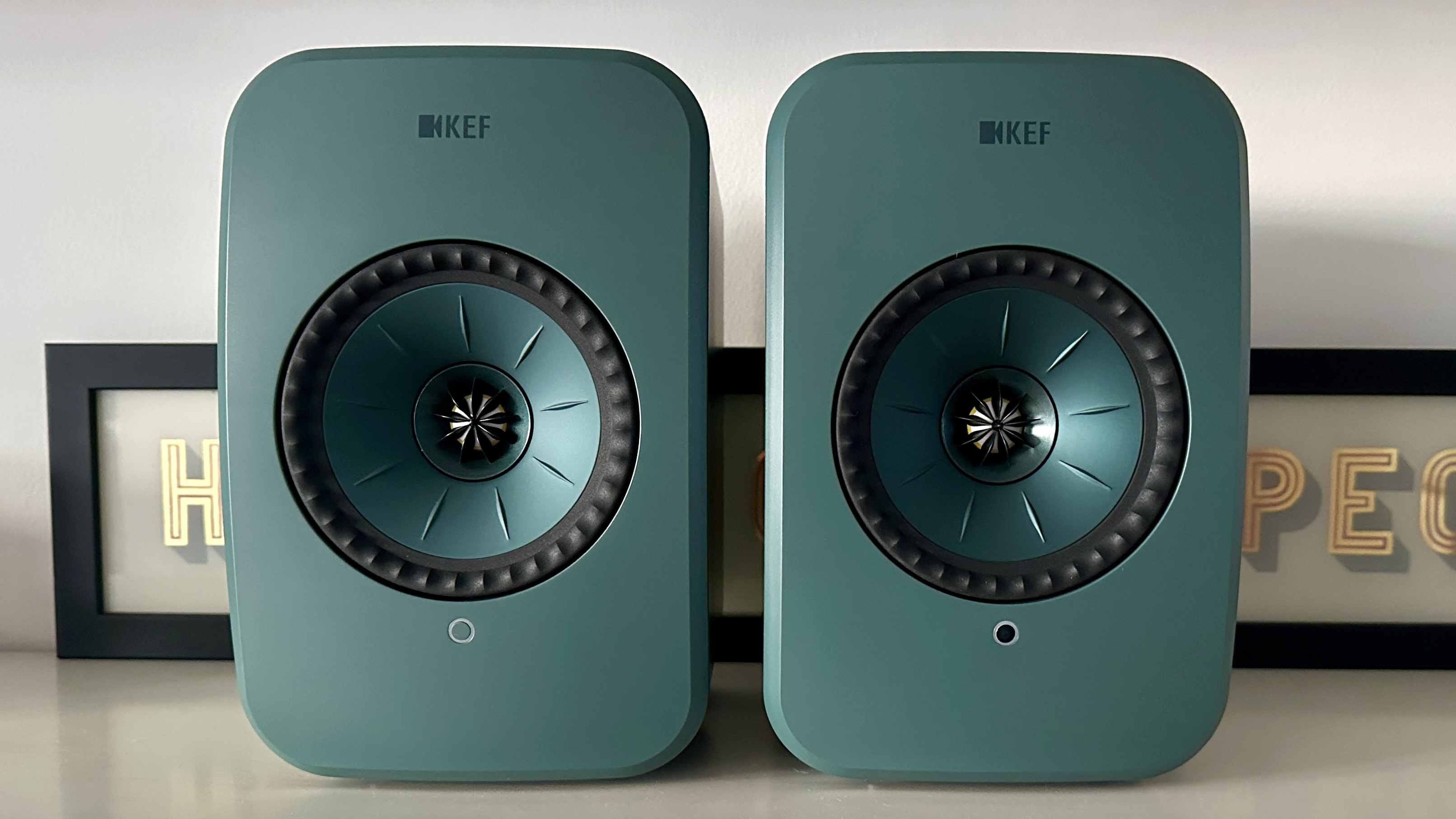
Ever since the 2016 launch of its LS50 Wireless stereo speaker system, KEF has been knocking it out of the park where the ‘all-in-one system in a pair of quite handsome speakers’ market is concerned. The LS50 Wireless II, more affordable LSX and LSX II, and nothing-like-as-affordable LS60 Wireless systems only served to confirm KEF’s preeminence in the best speakers market.
And now there’s this, the LSX II LT. It’s a pared-back, more affordable variation on the LSX theme, and if all goes well it should make KEF’s expertise available to more customers than ever before. But only as long as the company has managed to move down-market without, you know… moving downmarket. So what's the end result?
KEF LSX II LT: Price & Availability
The KEF LSX II LT is on sale now, and in the United Kingdom it’s priced at £899. In the United States it’ll set you back $999, while in Australia we're yet to get a price confirmation (but it will go on sale).
That’s keen pricing by KEF’s standards - but nothing happens in isolation, does it? Everyone from Klipsch to Q Acoustics (and plenty in between) have an alternative with which to tempt you…
KEF LSX II LT review: Features & What's New?
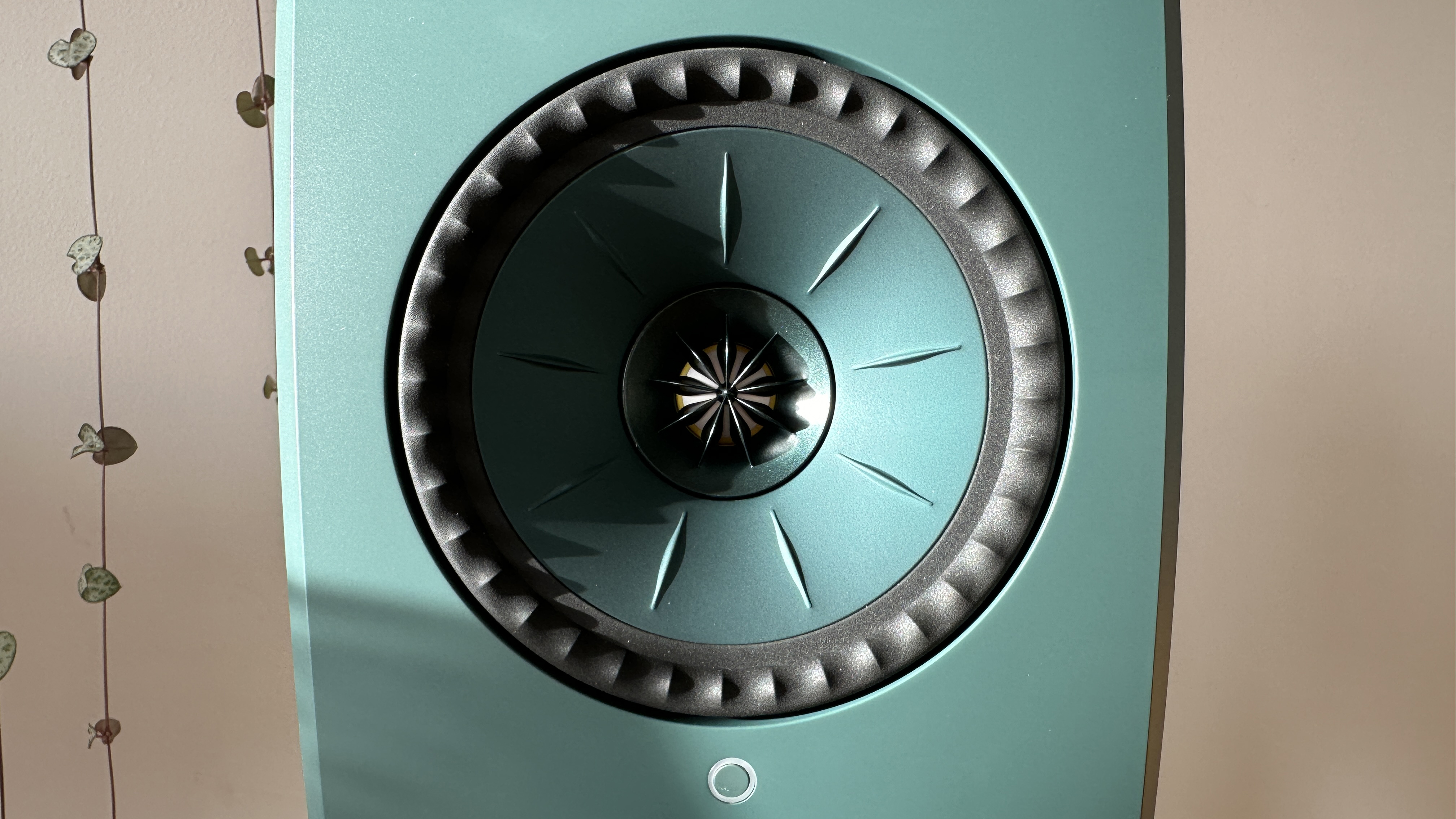
Higher up the food-chain, KEF is on the 12th generation of its iconic Uni-Q speaker driver arrangement. For the LSX II LT, the same 11th-gen unit as fitted to the LSX II is utilised.
A 19mm aluminium dome tweeter is positioned at the acoustic centre of a 115mm magnesium/aluminium mid/bass cone - the idea is to precisely position the acoustic centre of each unit in order to optimise time-alignment. Each speaker gets 100 watts of Class D power (30W for the tweeter, 70W for the mid/bass driver), a frequency response is a claimed 54Hz - 28kHz.
All the connectivity-related action is the responsibility of the primary loudspeaker. It features dual-band Wi-Fi, so Apple AirPlay 2, Chromecast, Spotify Connect, Tidal Connect and UPnP devices are all available, and the control app grants access to Amazon Music, Deezer, Qobuz and internet radio too. Bluetooth 5.0 connectivity is here, with SBC and AAC codec compatibility.
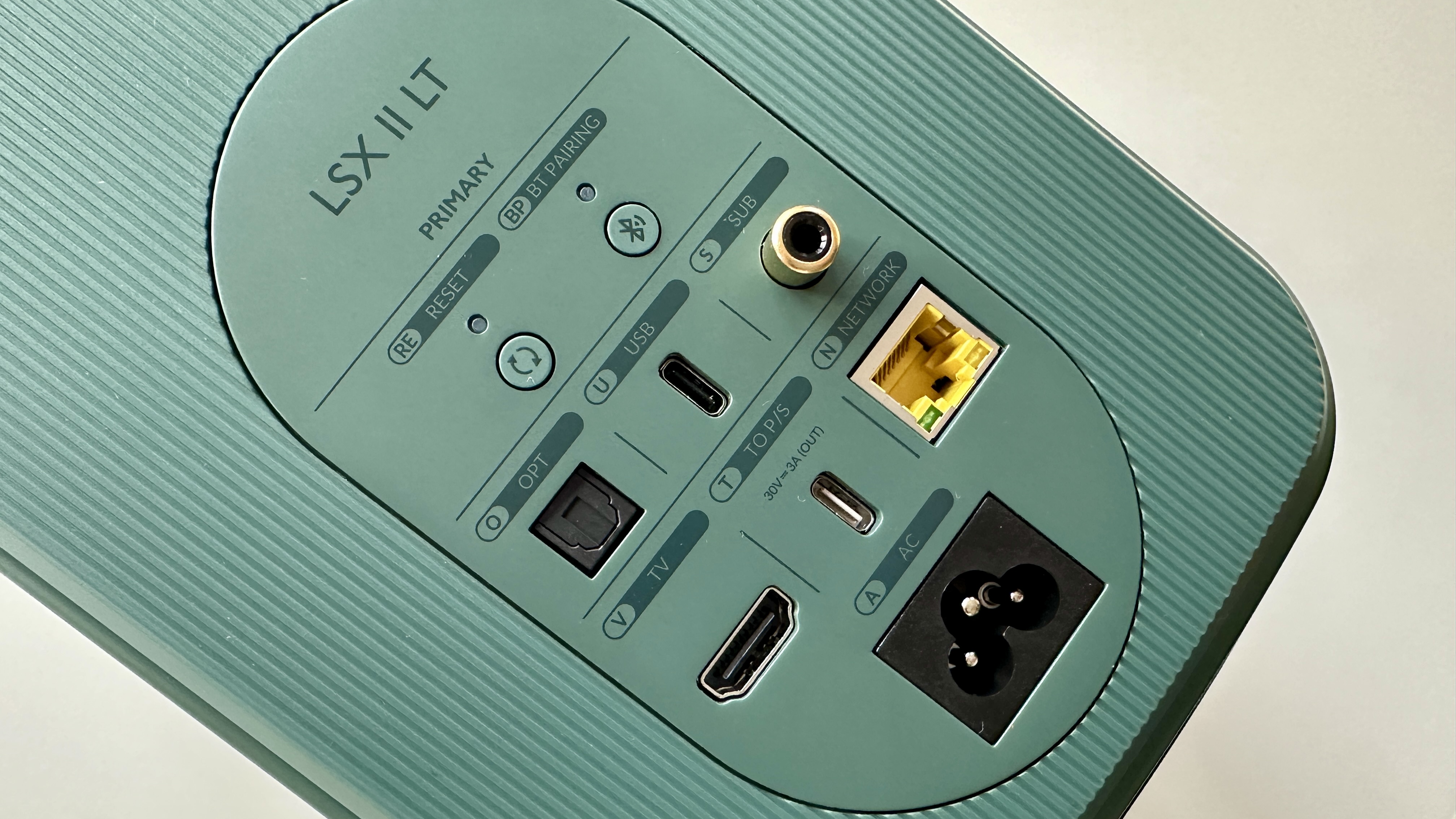
Physical connectivity is on the rear of the speaker, beneath the tidy bass reflex port. There’s an Ethernet socket for robust network stability, and there are USB-C and digital optical inputs available there too. An HDMI ARC socket allows your TV to become part of your system, and there’s a pre-out for a subwoofer as well. A second USB-C output, which is used for connecting the primary to the secondary speaker, is the final physical connection.
There isn’t a worthwhile digital audio file format with which the KEF isn’t compatible, and file resolution of up to 24bit/384kHz can be handled using the network connection. 24bit/96kHz is available via the digital optical and USB-C inputs, while the HDMI ARC tops out at 16bit/48kHz. All digital files are resampled to 24bit/96kHz before they’re shared with the secondary speaker - but not before KEF’s ‘Music Integrity Engine' digital signal processing algorithms have done their thing.
You’ll notice that each of these inputs is digital. Which is kind-of fair enough, given the way many people access music - but nevertheless, it would have been nice to see an analogue input in the line-up too. Turntables are still a thing, right?
KEF LSX II LT review: Performance
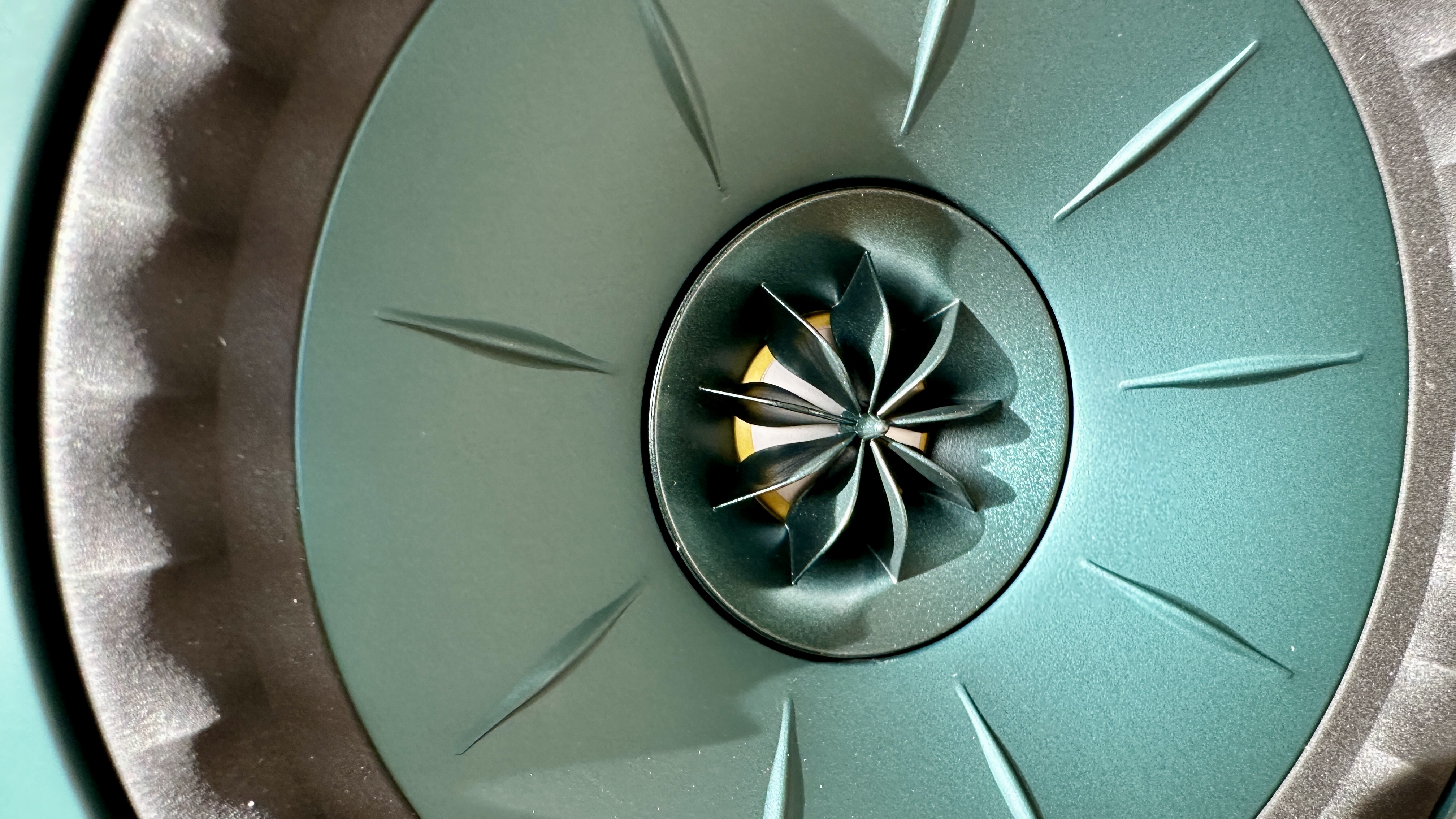
Like the vast majority of similar products, the KEF LSX II LT is at its best when given the best chance to show off. Which means some properly high-resolution content from an appropriate music-streaming service (which rules out Apple Music and Spotify) or some network-attached storage. Pandered to in this manner, the LSX II LT is capable of properly enjoyable and really quite impressive performance.
No two ways about it, it doesn’t have the scale to fill the largest listening rooms with sound - but for the rest of us, the KEF is a pretty admirable system. Despite its lack of outright scale, it creates a fairly substantial soundstage and organises it really well - there’s plenty of room for even the most complex recordings to be laid out correctly, and the system demonstrates real positivity and confidence in this respect. There's more than enough space for each element of a recording to do its thing without being impacted on by any other element - but, at the same time, the LSX II LT presents recordings as a convincingly unified whole.
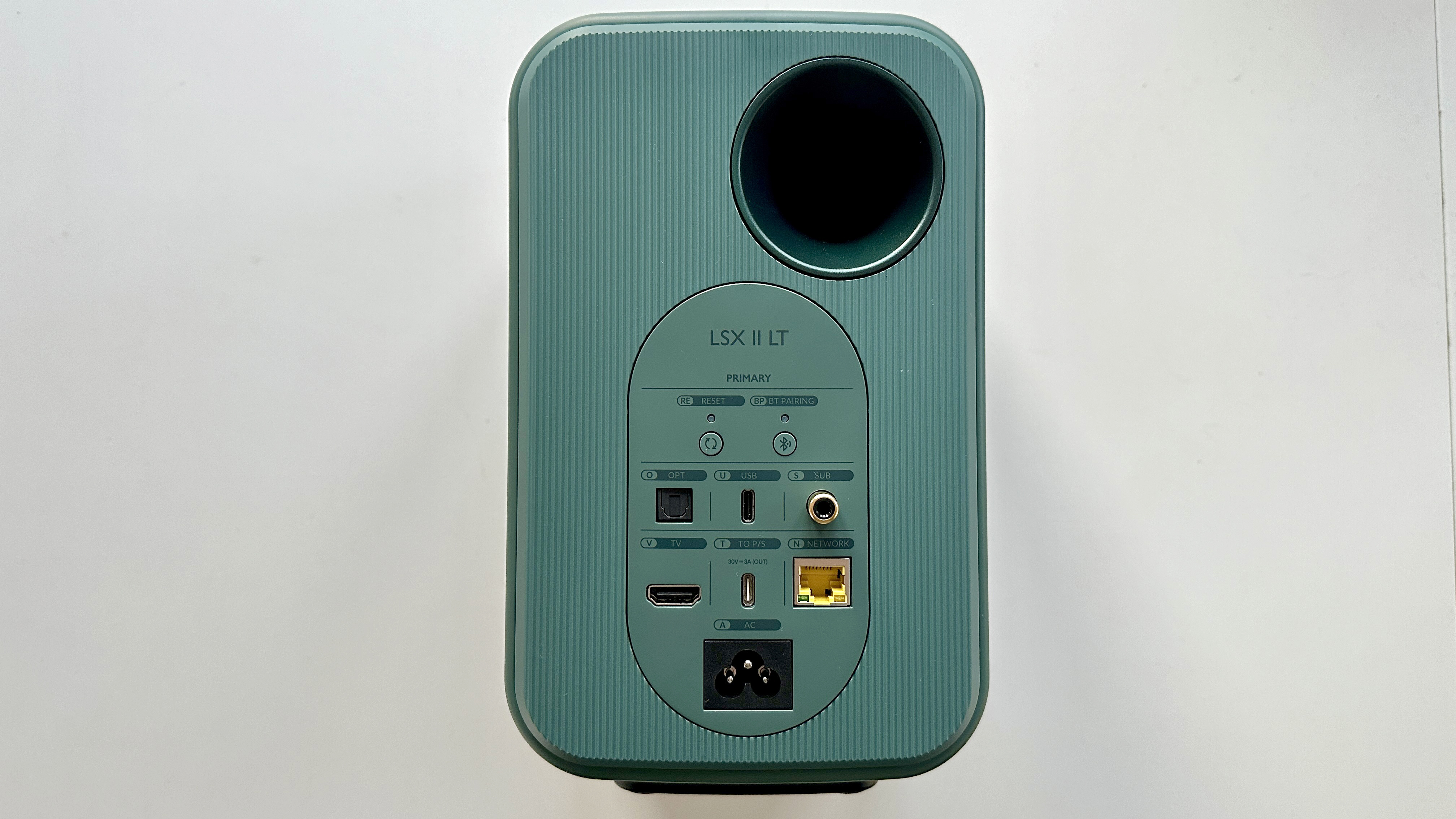
There’s plenty of dynamic potency on display, too, so even when a recording shifts through the gears from ‘near-silence’ to ‘all-guns-blazing attack’ the system is able to express the differences in full. Lower-level dynamic variations in harmonics are given the same sort of attention, too, so there’s full expression of the disparities evident from note to note of an individual instrument.
The tonality from the top of the frequency range to the bottom is fairly neutral and nicely consistent, and the KEF never overplays or understates any aspect of it - the journey from top to bottom is smooth and credible. Detail levels are high at every point, and the LSX II LT has any number of pertinent observations to make about the timbre and texture of instruments or voices at every turn.
Despite the speakers’ compact dimensions and the unremarkable amount of power on tap, the KEF system summons impressive low-frequency punch and substance. Bass sounds hit reasonably hard, dig reasonably deep, and are always well-controlled at the leading edge of notes or hits - and so the LSX II LT never has any problems expressing rhythms or handling tempos. They communicate eloquently through the midrange, which means vocalists of all types have their character and attitude made manifest. And at the top of the frequency range they attack with crisp determination (although without ever threatening to get edgy or hard, even if you like to listen at significant volume).
KEF LSX II LT review: Design & Usability
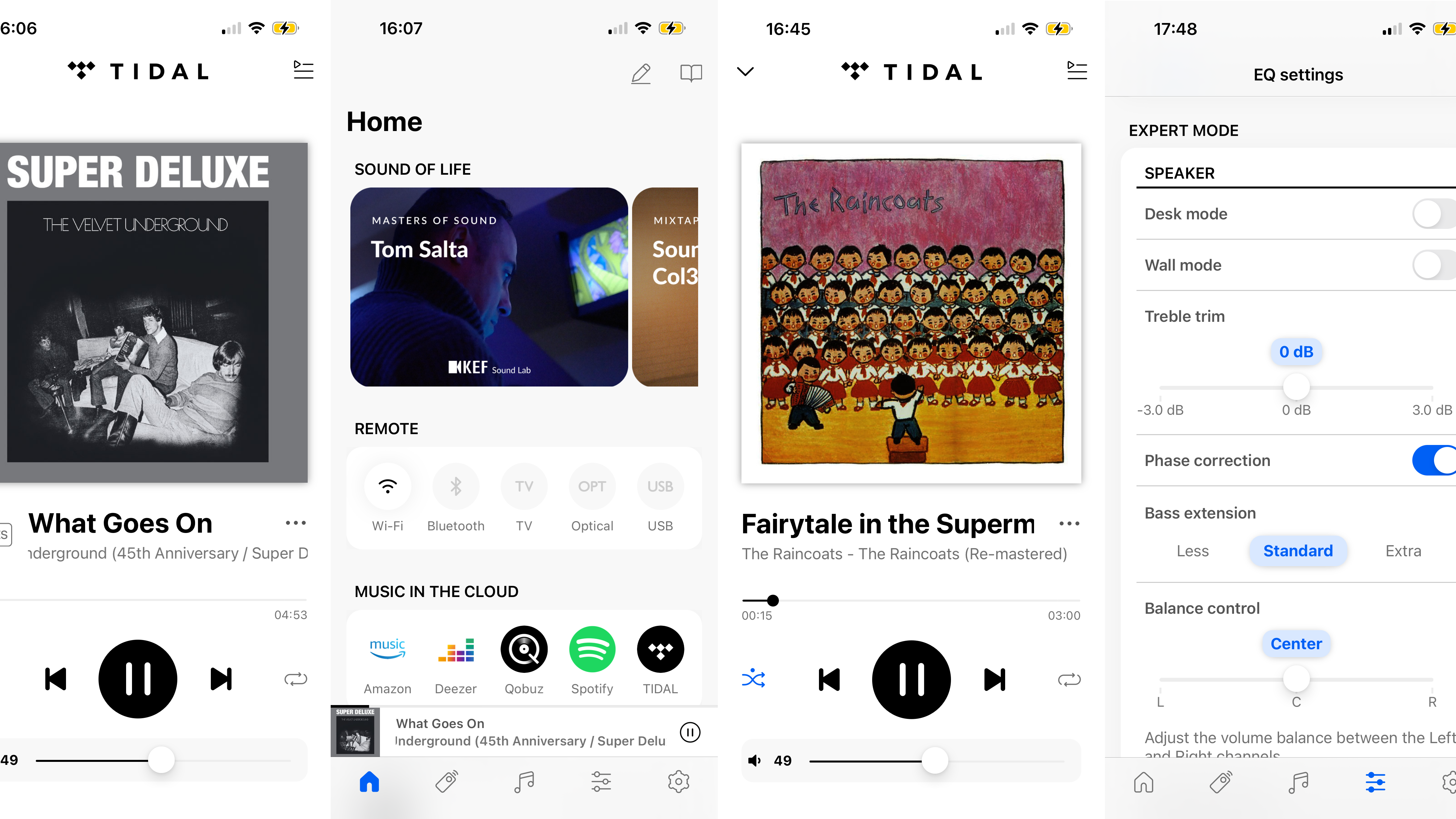
As with the LSX and LSX II, design has happened here - which is by no means a given in a product like this. Michael Young is the man responsible, and he’s created a speaker that features very few parallel lines - which means it’s visually reasonably interesting as well as being acoustically optimised.
At a neat 240 x 155 x 180mm (HxWxD) per speaker, the LSX II LT will look at home on a shelf or desktop - and there are cost-option stands available too if you so desire. The available finishes (sage green, stone white and graphite grey) only add to the decorative potential of this KEF system.
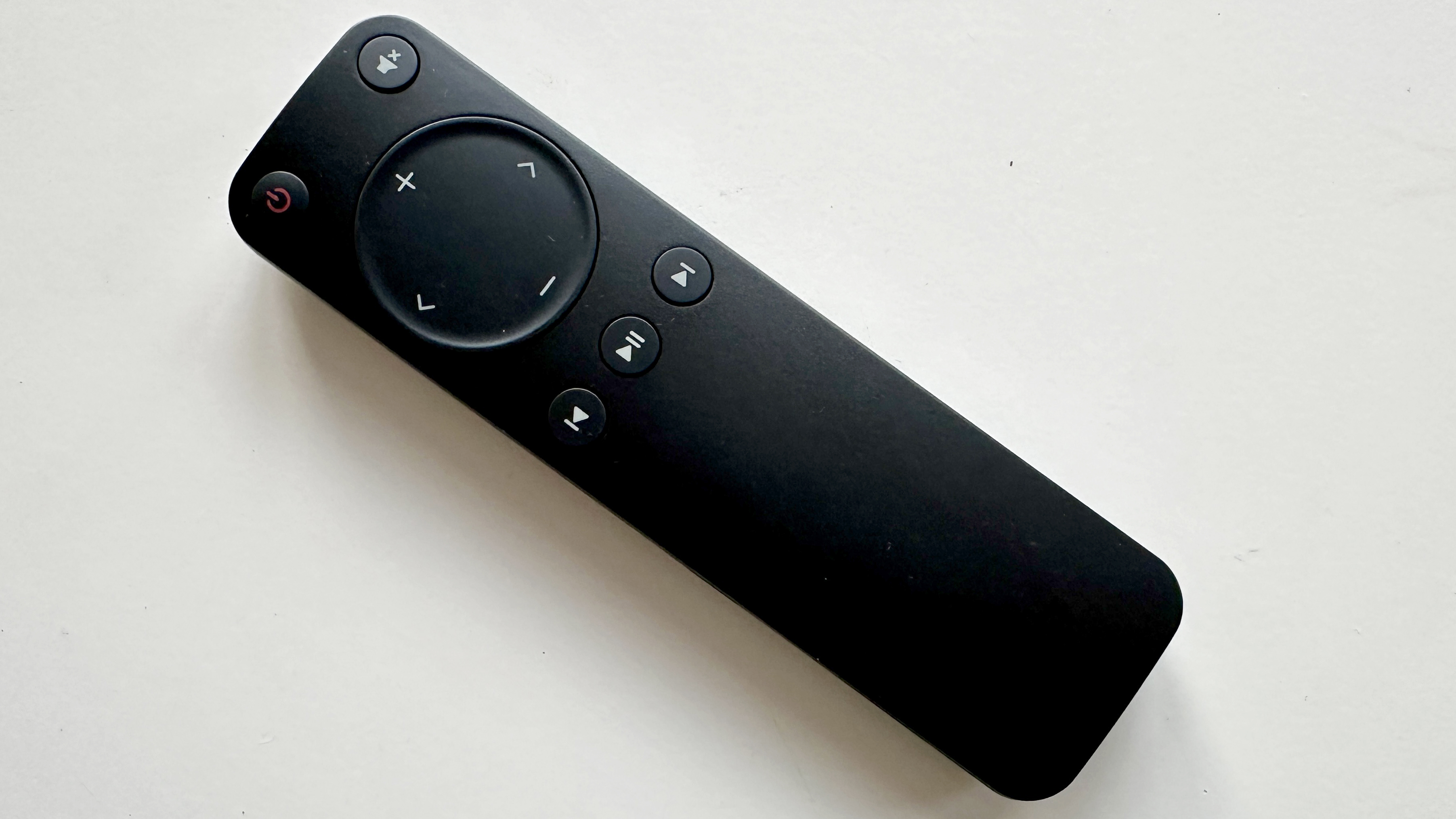
Between the ‘KEF Connect’ control app that’s free for iOS and Android, and the tidy little remote control handset that comes as part of the system, getting what you want from the LSX II LT is a piece of cake.
The app covers all the obvious stuff, and plenty more besides - here’s where you can finesse EQ settings, introduce your LSX II LT to your broader smart-home system, designate the primary speaker as the ‘left’ or ‘right’ channel, integrate your favourite music streaming services, access your local media servers, set volume limits and so on.
The remote control, meanwhile, simply takes care of the obvious ‘play/pause’, ‘skip forwards/backwards’ ‘volume up/down/mute’, ‘power on/off’ and input selection requirements.
KEF LSX II LT review: Verdict
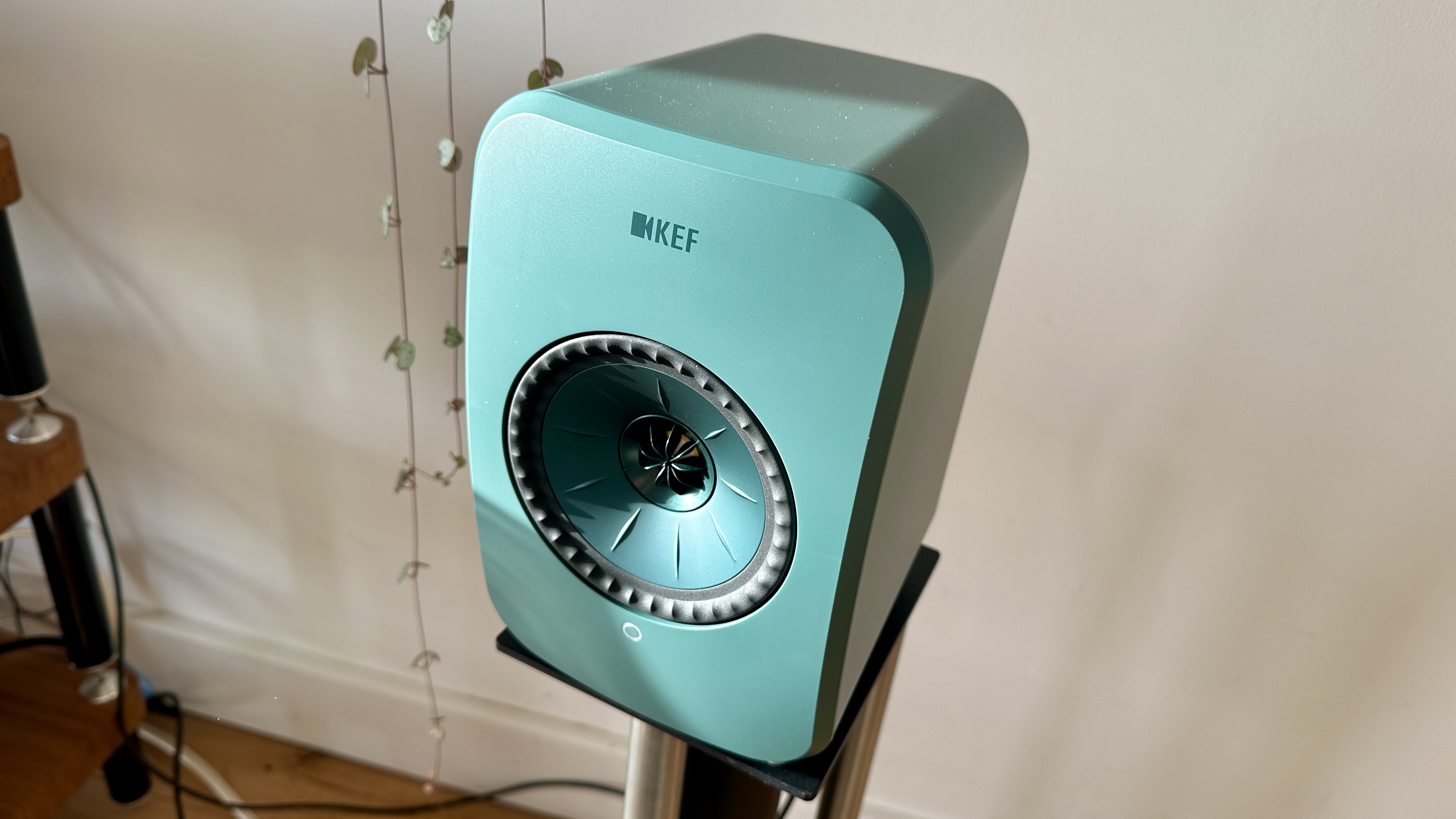
Bringing in the LSX II LT at what is, by KEF’s standards, an entry-level price has inevitably meant compromises - but one of the more remarkable things about this system is just how easy to live with these compromises are.
Unless you’re trying to fill a large space with sound, or you have some analogue equipment you’d like to use, and if your budget allows, you should consider this system a compulsory audition.
Also consider
The Fives by Klipsch might have the most ungainly name in all of audio-land, but at £829 a pair they’re nevertheless worthy of serious consideration - especially if you’re a fan of horn-loaded tweeters.
If balanced mode radiators are more your thing, though, cast an eye (and an ear or two) over the Q Acoustics QActive 200 - they’re down at LSX II LT money these days, and have plenty to recommend them beyond their singular looks.







